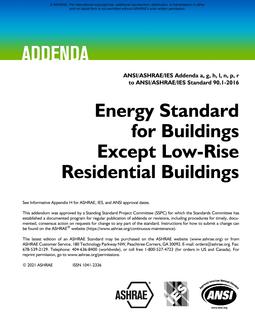Opportunities for energy efficiency are often investigated for the buildings of a campus, without a focus on the central plants serving the multi-building campus. Quite often, a majority of the energy efficiency opportunities are present in the central plants. In such plants, retrofitting the central plants with more efficient equipment or changing operating strategies can have a significant reduction in the total campus energy usage. However, unlike the efforts to develop consensus standards, such as the U.S. Department of Energy’s International Performance Monitoring and Verification Protocol (DOE 2001), the Federal Energy Management Program’s Measurement and Verification Guidelines (FEMP 2000), or the American Society of Heating, Refrigerating and Air-Conditioning Engineers’ Guideline 14P (ASHRAE 2001), very little work has been performed to develop a standard method for base-lining the energy use of a multi-building central plant. The lack of such a consensus method makes it difficult to verify the savings from energy conservation efforts in central plants, such as those included in energy savings performance contracts.
This paper discusses the results of efforts to develop and test a procedure for baselining the energy use of a large multi-building central plant. The methodology consists of a series of interconnected inverse or statistical models that can develop a baseline that is normalized for differences in year-to-year weather variations, equipment performance, equipment selection, and campus loads. This paper describes the methodology and presents the results of the application of the methodology to a large university campus in central Texas.
Units: Dual
Citation: ASHRAE Transactions, vol. 108, pt. 1, Atlantic City, 2002
Product Details
- Published:
- 2002
- Number of Pages:
- 9
- File Size:
- 1 file , 200 KB
- Product Code(s):
- D-6962


